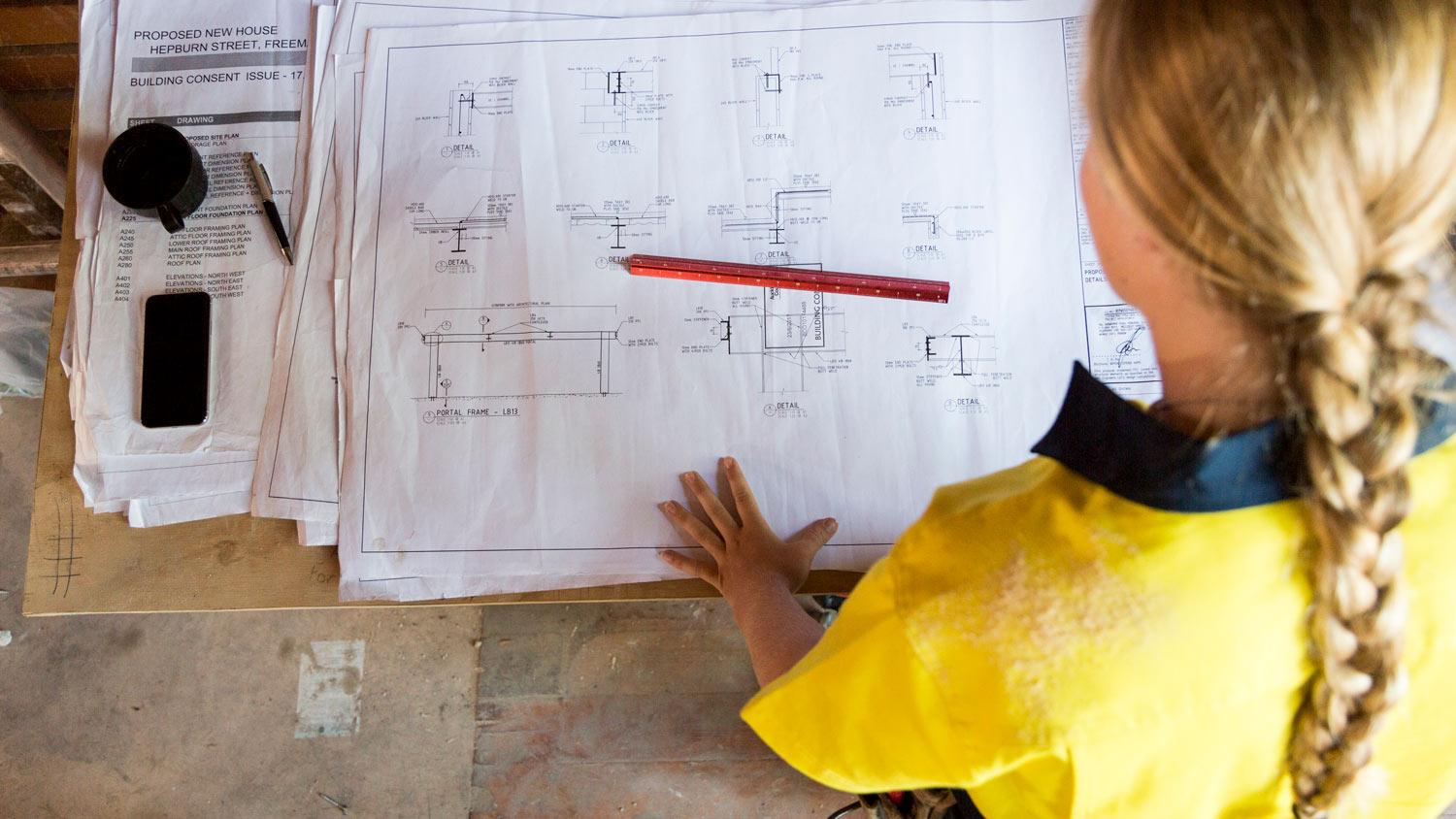
Get matched with top structural engineers in Hilo, HI
Enter your zip and get matched with up to 5 pros
Need a pro for your structural engineering project in Hilo, HI?
Find Structural engineers in Hilo

PJM Structural
PJM Structural
Licensed Structural Engineer with 13 years of structural design experience. I provide the following services: - New construction design (Residential, commercial, office, etc) - Remodels and Tenant improvements - Truss repairs - Bearing wall removal - Trellis, pergola and carport design - Concrete, Steel, Wood and Masonry design - Custom stairs
"Pedro was great to work with! After multiple attempts to work with other structural engineers, his rate was the lowest while being the most responsive and informative. He made the process smooth and efficient, providing excellent service and clear communication throughout the project. Highly recommend!"
Hilary C on July 2024
Licensed Structural Engineer with 13 years of structural design experience. I provide the following services: - New construction design (Residential, commercial, office, etc) - Remodels and Tenant improvements - Truss repairs - Bearing wall removal - Trellis, pergola and carport design - Concrete, Steel, Wood and Masonry design - Custom stairs
"Pedro was great to work with! After multiple attempts to work with other structural engineers, his rate was the lowest while being the most responsive and informative. He made the process smooth and efficient, providing excellent service and clear communication throughout the project. Highly recommend!"
Hilary C on July 2024
Welding
ARCHITECTS STUDIO
ARCHITECTS STUDIO
Architectural and Structural Engineering since 1971
Architectural and Structural Engineering since 1971
The Hilo, HI homeowners’ guide to structural engineering services
From average costs to expert advice, get all the answers you need to get your job done.

The cost of a structural engineer is easily justifiable given the value they bring to the table. Use this guide to see what hiring your professional will total in Portland, OR.

Looking to add utility and easier access to your basement? Use this guide on the cost to cut a concrete wall to add a door to your basement.

The cost of a structural engineer is easily justifiable given the value they bring to the table. Use this guide to see what hiring your professional will total in St. Louis, MO.

Learn why it might be a good idea to hire a structural engineer for a home inspection in addition to a general home inspector when you’re purchasing a home.

Wondering what a lally column is? Learn what it is, how it works, when you need one, and the pros and cons in this simple guide.

A home doesn’t collapse unexpectedly. Learn the warning signs that a house will collapse, so you can protect your family and your home.
- 🌱 "Mow a small front yard"
- 🛠 "Fix a leaking pipe under the sink"
- 🏠 "Repair shingles on an asphalt roof"